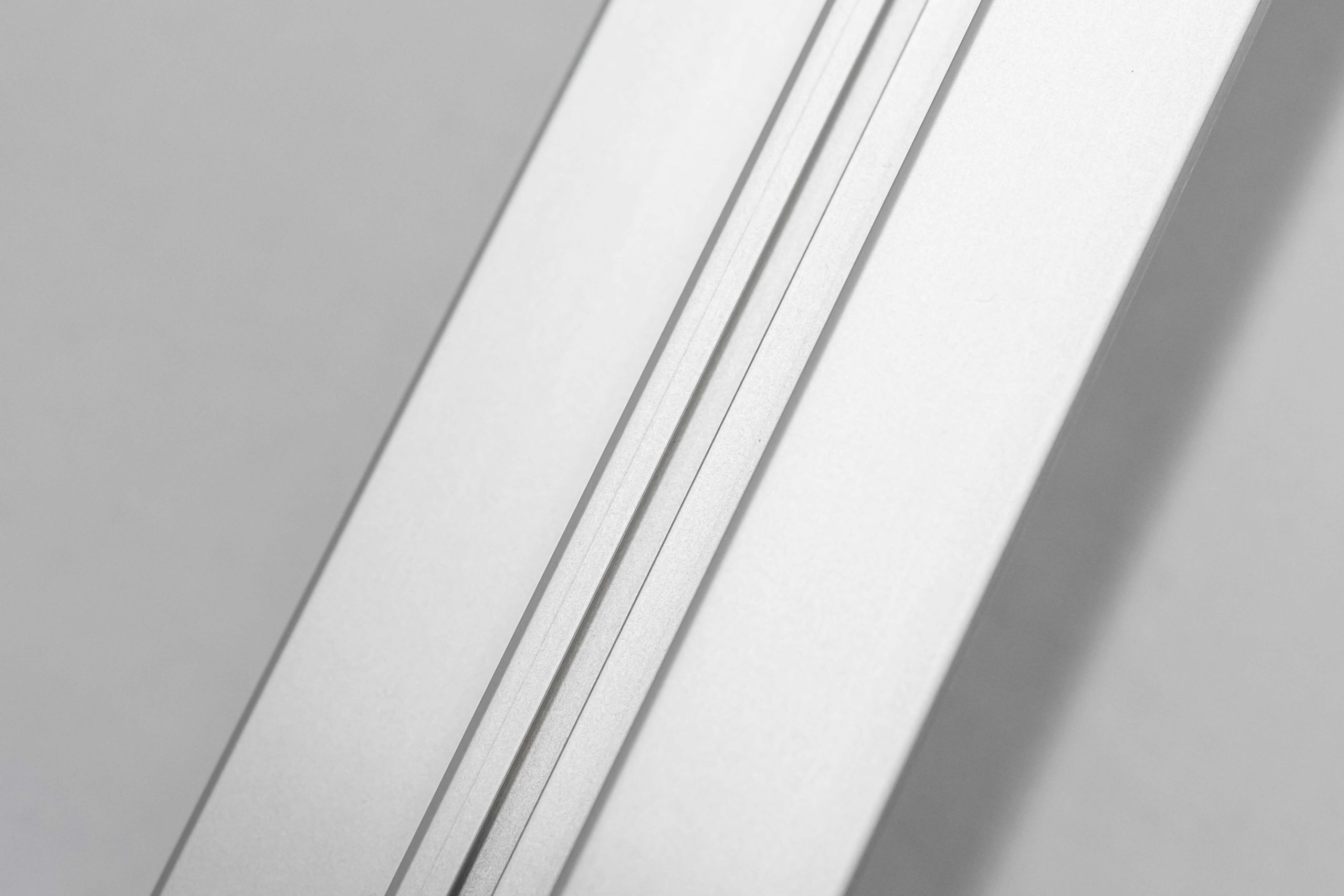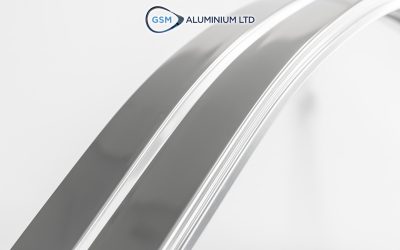How Aluminium was discovered
In historical terms Aluminium is a relatively new metal which was isolated early in the 19th century. In 1782 the great French chemist, Lavoisier, said it was the oxide of an unknown metal.
In 1808, Sir Humphrey gave it the name “Aluminium” a more scientific name than the description of “metal of clay”. This spelling is still used in North America but elsewhere in the world the spelling “Aluminium” is used.
In 1809 Davy fused iron in contact with alumina in an electric arc to produce an iron Aluminium alloy; for a split instant, before it joined the iron, Aluminium existed in its free metallic state for perhaps the first time since the world was formed.
In 1825 H.C. Oerstedt, a Dane, produced a tiny sample of Aluminium in the laboratory by chemical means. Twenty years later the German scientist, Frederick Wohler, produced Aluminium lumps as big as pinheads. By 1854 Sainte-Clair Deville had made improvements in Wohler’s method and produced Aluminium globules the size of marbles. He was encouraged by Napoleon lll to produce Aluminium commercially and at the Paris exhibition in 1855 Aluminium bars were exhibited next to the crown jewels.
It was not until 31 years later, however, that an economical way of commercial production was discovered. On February 23, 1886, a 22-year-old American, Charles Martin Hall, worked out the basic electrolytic process still in use today. Hall had begun his experiments while still a student at Oberlin College, Ohio. He achieved his success, after graduation, with home-made apparatus in the family wood shed. He separated Aluminium from the oxygen with which it is chemically combined in nature by passing an electric current through a solution of cryolite and alumina.
Almost simultaneously, Paul L.T. Heroult arrived at the same process in France. However, he did not at first recognise its importance. He worked along another line in the development of Aluminium alloys.
In 1888 the German chemist, Karl Joseph Bayer, was issued a German patent for an improved process for making Bayer Aluminium oxide (alumina). The foundation of the Aluminium age was complete. The Bayer & Hall-Heroult processes freed the world’s most plentiful and versatile structural element for the use of man. Today, it is an everyday commodity, rather than a precious metal.
Although deposits of aluminous red earth have been known to occur in the Tertiary Limestone areas since the 1820’s, it was not until the 1940’s that their economic significance as an ore of Aluminium was recognised.
In 1943, 2500 tonnes of ore was shipped to the USA for process investigation and it was realised that the bauxite was suitable for processing using Bayer technology.
Aluminium building products came on the scene before World War II in the form of aluminium windows and doors. But the metal really took hold on the residential construction market after the war.
During the conflict, the Aluminium industry grew rapidly to provide the light metal needed for military aircraft. When the war ended, there was a large Aluminium industry and a large demand for new housing; a perfect match.
Today Aluminium finds a wide variety of uses because of its remarkable combination of characteristics: it does not rust, it is lightweight and easy to handle, it reflects heat, it is waterproof and it is available in a wide variety of finishes.



